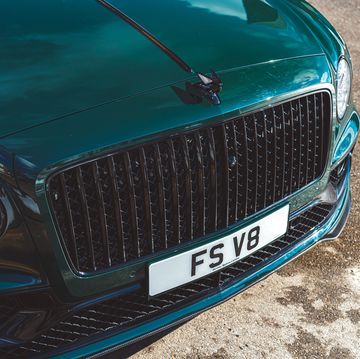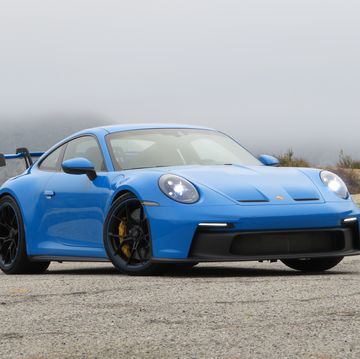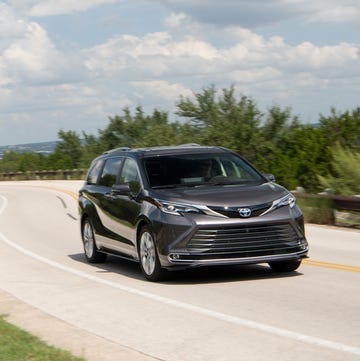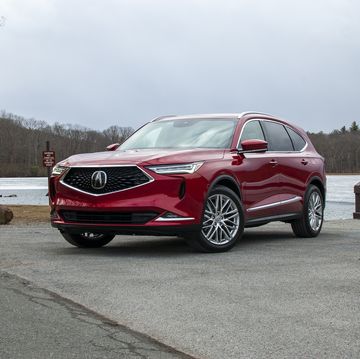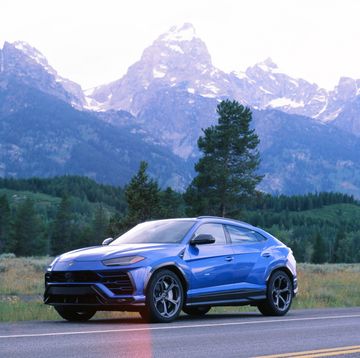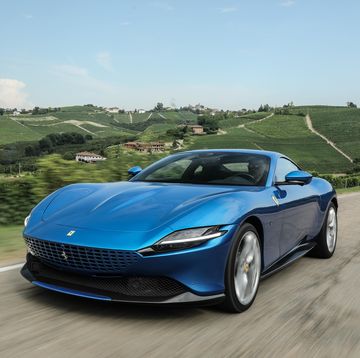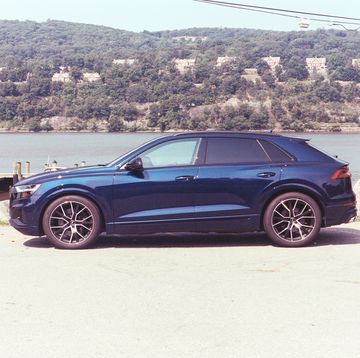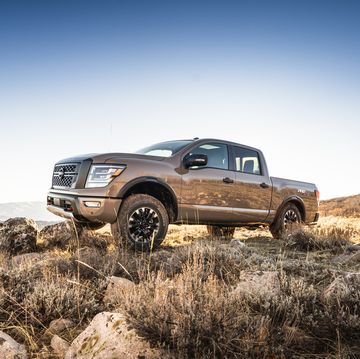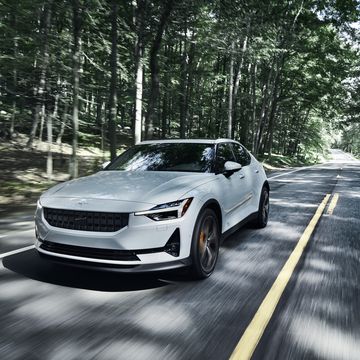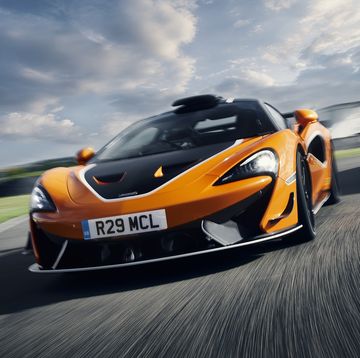I'm not gonna lie to you," he said, "the V8 will fit."
Loaded words. Similar statements have produced everything from the original Shelby Cobra to the first real Corvette. And so I stood in front of the 2016 Cadillac ATS-V's open hood, on pit road at Texas's Circuit of the Americas, and I looked. And I had no reason to doubt him.
I also let out a sigh. Because I was staring at a V6.
"He" was Tony Roma, the Cadillac's chief engineer. Roma has a reputation for being straightforward, and he is one of the more interesting guys in the business. He was chief engineer on the Camaro ZL1. He managed the engine program for Cadillac's CTS-V World Challenge cars. He's a club racer, and he thinks the way we do. Over drinks during the ATS-V media launch, he said positive, if unprintable, things about big engines. If you heard those things, you would love him forever.
Still, progress is progress. Smart engineering mostly dictates that V8s into smallish cars no longer go. The ATS-V is GM's first real attempt to take on the German sport-sedan kings, chiefly the 425-hp, twin-turbo BMW M3. Roma makes no bones about it: "We like to benchmark for one exact car." They chose the E90-chassis M3 during ATS-V development, then adjusted metrics to anticipate the coming (now current) F80 model. If you're entering a game of thrones, may as well shoot for the top chair.
Emissions and fuel-economy concerns mean that a 464-hp, 444-lb-ft, twin-turbo V6 is the ATS-V's only available engine. It sounds fantastic—a better snarl than the M3's muted straight six—and gets the job done, but at low speed, it's a coarse, lag-prone device. It's occasionally hard to be smooth with, and even harder to get excited about. The launch presentation also neatly sidestepped the fact that the ATS's 3.6-liter six has decidedly downmarket roots. Dubbed LF4, the engine is an evolution of the LF3 engine from the CTS Vsport, which is itself an evolution of the decade-old "high-feature" six used in a zillion other GM cars—everything from the Chevrolet Malibu to the Buick LaCrosse.
Like the standard ATS, the ATS-V is available as either a sedan or a two-door coupe. In its cheapest form, as a four-door with a six-speed Tremec manual, the car costs $61,460. How do you gird a Malibu mill for 60-grand battle with a BMW six, one of the finest engines in the world? GM says you take an LF3 and reengineer it, adding things like titanium rods, new crankshaft counterweights, and a different intake manifold. Then you bump boost from 12 to 18 psi via new turbos and wastegates and pray no one gives you crap about your engine's family tree.
The Cadillac makes more power and torque than the BMW, but it's hard not to miss the M3's smoothness. Also its near-absence of turbo lag, smoothness, and—did I say smoothness?
Regardless, the machine wrapped around that V6 is fantastic. Onto the bones of the ATS coupe and sedan go 50 percent more spring rate, wider tires and front track (the coupe out-fats the sedan in the rear by 23 mm), and uprated bushings and ball joints. Additional underhood bracing and an aluminum lower body brace help raise torsional rigidity a claimed 25 percent. The differential is the telepathic, computer-controlled active unit also seen on the Corvette, and GM's Magnetic Ride Control dampers are standard. There are very large Brembo brakes. You do not get a carbon-ceramic brake option, Roma said dismissively, because his team believes high-performance cars should hold up on a track without expensive options. (Hello, M3, and your $8000 ceramics.)
As a package, the car works pretty well. The engine is the sole hiccup in a mix that, at first blush, seems to outcommunicate the M3. The electrically assisted steering is more talkative; Roma says they discovered, late in development, that the ATS-V uses the same basic ZF steering hardware as the M3, which makes the feel difference all geometry and tuning. (Good for them.) The suspension is remarkably forgiving. The brakes offer a predictable pedal that grows long in track use but sports no perceptible fade. Engine lag diminishes at high rpm, and the Tremec shifts like a Tremec should: smooth but nicely chunky, virtually begging for abuse.
About that: The manual offers no-lift shifts and disengageable rev-matching. There is also an eight-speed automatic similar to the one found in the Corvette. All of this is faster than any human, relatively smooth, and perfectly acceptable if you want it. We suggest you not want any of it, because the car is a hundred times more engaging without it. There's a certain glory to driving a $61,000 Cadillac like a NASCAR stocker, chucking sideways and jumping curbs, and a clutch pedal just adds to the illusion.
After I climbed out of the car, I met Cadillac PR chief David Caldwell. "We said we were going this direction," he allowed, referring to Cadillac's recent pursuit of BMW, Audi, and Mercedes-Benz. "We didn't say it would happen quickly. And that doesn't always mean you sell a lot of cars out of the gate."
Maybe they'll sell a lot of ATS-Vs, maybe not. Our bet is somewhere in the middle. The car is certainly a lot of speed for the money, and as a track proposition, it's friendlier and gutsier than anything German. But as a prestige sport sedan, there's something intangible missing. You can't shake the notion that this car is a first step, not an arrival.
Still, good luck to them. As an American, you want a brand and a machine like this to succeed. And as first shots go, this one's a corker.
2016 Cadillac ATS-V
- Price: $63,660
- Powertrain: 3.6-liter twin-turbo V6, 464 hp, 444 lb-ft; RWD, 6-speed manual
- Weight: 3700 lbs
- EPA City/Highway: 17/23 MPG
- On Sale: Now

Sam Smith is a freelance journalist and former executive editor at Road & Track. His writing has appeared in Esquire and the New York Times, and he once drove a Japanese Dajiban around a track at speed while being purposely deafened by a recording of Taylor Swift's "Shake It Off." He lives in Tennessee with his family, a small collection of misfit vehicles, and a spaniel who is scared of squirrels.



